Located in the beautiful Centennial Valley, the Frawley Ranch is a living representation of the Wild West. Six historic homesteads are located on the 4,750 acres, all of which were acquired by Henry Frawley throughout the late 1800's and early 1900's.
In 1876, the gold rush brought thousands of miners to the town of Deadwood, while simultaneously attracting businessmen. On the Fourth of July in 1877 a wagon trail brought three notable businessmen to the Black Hills: John Hunter, W.E. Adams, and Henry Frawley. Hunter and Adams went on to become successful merchants while Henry Frawley would one day be known as the best lawyer in the Dakota Territory.
Born to Irish parents who had immigrated to New York, Henry Frawley studied law at the University of Wisconsin in Eau Clair. He graduated in 1876 and immediately began his law practice in Wisconsin. Only one year later, Henry was intrigued by the rough and tumble town of Deadwood and made his move west. Upon arrival, he practiced law both independently, as well as with several business partners and his success and notoriety grew.
Henry became the resident attorney for the Burlington and Missouri Railroad in 1890, which built the rail line from Deadwood to Edgemont. On July 22nd of that same year, Henry married "the jewel of the valley", Christina Anderson, who was the heiress to arguably the most successful ranch in the Centennial Valley. Two years later, Henry established his own ranch in the Centennial Valley, where he continued to purchase surrounding 160 acre homesteads.
The Frawley Ranch has been listed on the National Registry of Historic Places since 1974, and in 1977 was named a National Historic Landmark by the National Park Service. The National Register of Historic Places calls the Frawley Ranch a “living illustration of the failure of the 160-acre homestead concept on land ill-suited for farming. The growth of the Frawley Ranch to its present 4,750 acres was made possible by the acquisition of unsuccessful homesteads, and the application of suitable uses to the natural and economic environment.”
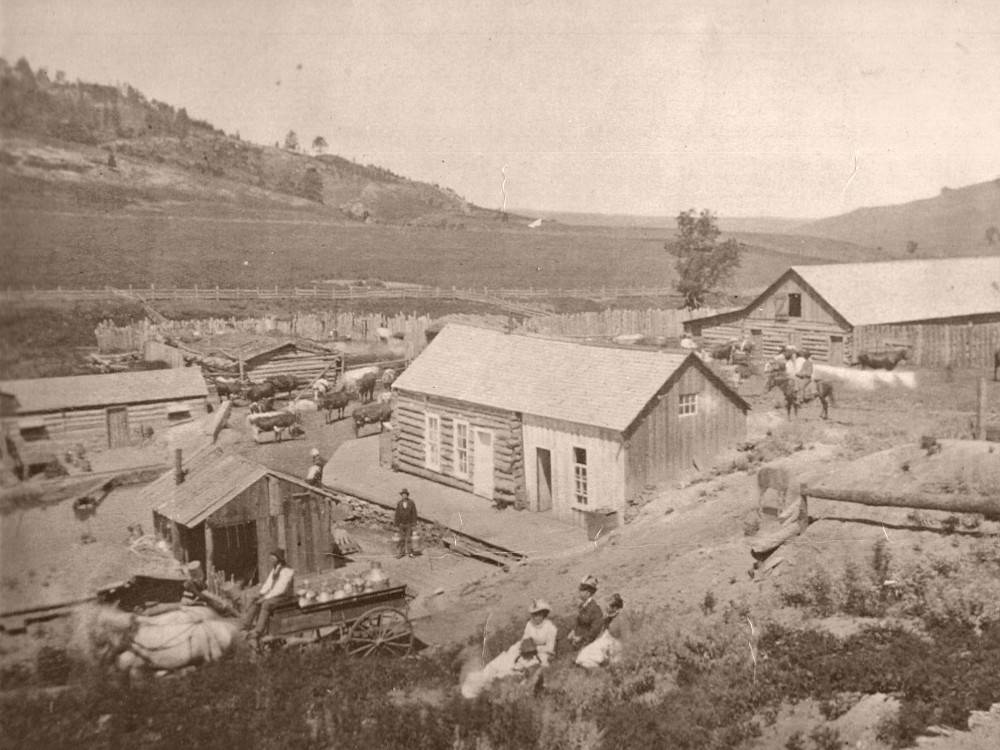
Originally from Brendstrup, Denmark, Catherine Thybo immigrated to the United States and settled near Yankton, SD where she met and married James Anderson. In the spring of 1877, James and Catherine Anderson packed everything they could fit into four wagons to head to the Black Hills. Once they arrived, they established the Anderson Dairy to sell products to the hungry miners in Deadwood. Their dairy grew, and at one point more than 100 cows were milked twice a day. A critical component that boosted the success of the dairy was the ranch’s location near a spring that stayed 40 degrees all year long, providing a way to keep dairy products cool in the summer and above freezing in the winter. James took the 10 mile trip to Deadwood daily, where he sold butter, cream, milk, garden vegetables, beef, and pork from his wagon. On July 22, 1890, Henry Frawley married the Anderson's daughter, Christina, nicknamed the "jewel of the valley". Henry and Christina acquired the Anderson Ranch after Catherine’s death, and by 1910, the ranch had reached its peak size, making Henry Frawley the largest land owner in Lawrence County.
In 1891, Henry bought the land where the Centennial Park Hotel and Post Office had been located. However, when Henry first purchased the land, he was interested in cattle and he traveled to Arkansas to buy bulls and cow from the Rockefellers to start his purebred herds. As there were no living quarters on the land, he simply bought another nearby homestead and moved the buildings from the homestead. He decided to combine two of the buildings to make an A-frame ranch house, and used the other buildings for a granary, machine shed, garage, and shop. This entire area is now referred to as the Upper Ranch, but he wasn’t satisfied with the place without livestock structures, so he constructed stone courtyard barns in the late 1890’s architecturally unique with their cut-stone and horizontal siding. There are few other structures like these barns anywhere else in the country and they are the primary reason the Frawley Ranch acquired its present-day place on the National Register of Historic Places.

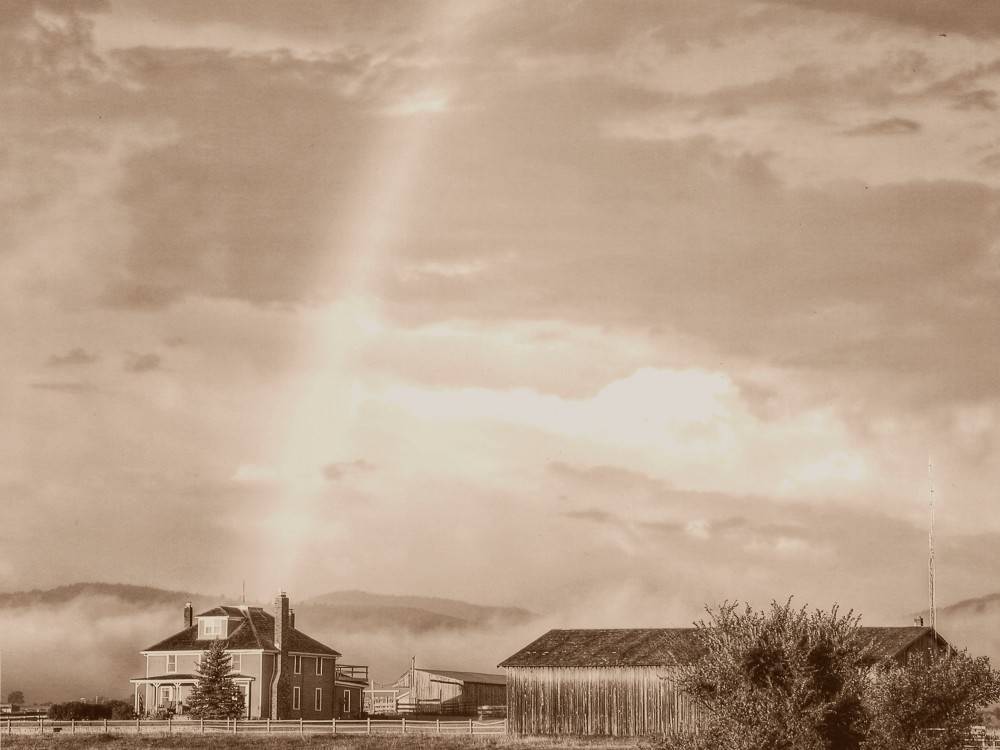
A former stage stop between Spearfish and Deadwood, called the Centennial Park Hotel and Post Office, was a major stop for travelers, as it was located on a route for many stagecoaches and freight companies. Destroyed in a prairie fire in 1883, Anna and Marion Draper replaced the hotel with another to the north, building a 12-room structure known as the Draper Roadhouse in 1888, far larger and more ornate than most rural structures at the time. The Drapers built a pump and separator room as well, which allowed them to pump water into the house, providing enough pressure for an indoor bathroom, an innovation ahead of its time in the area. They also had facilities to house visitors' horses and livestock. Henry Frawley bought the acreage in 1912, and the house was later used to board his ranch hands. In 1977 the house was restored and served as the Frawley's home all the way up until Hank Frawley's passing in April of 2017.
Woolsey Burton began working his 160 acre plot in 1885 and received the title to his homestead in 1890. The Burton dugout shows the very first stage of homesteading life in the Black Hills. When homesteaders first arrived, they needed some sort of shelter while they constructed a cabin or house out of wood or stone. Dugouts were the quick alternative when a homestead was first claimed. Settlers would firstly dig a hole in the ground and build a dugout until they had the time and resources to build something better. Dugouts were quite basic; there was just enough for a stove, table, and a bed. Although its needed restoration throughout the years, the Burton dugout still stands today, along with remnants of his hand-dug well, and farming machinery he left behind.
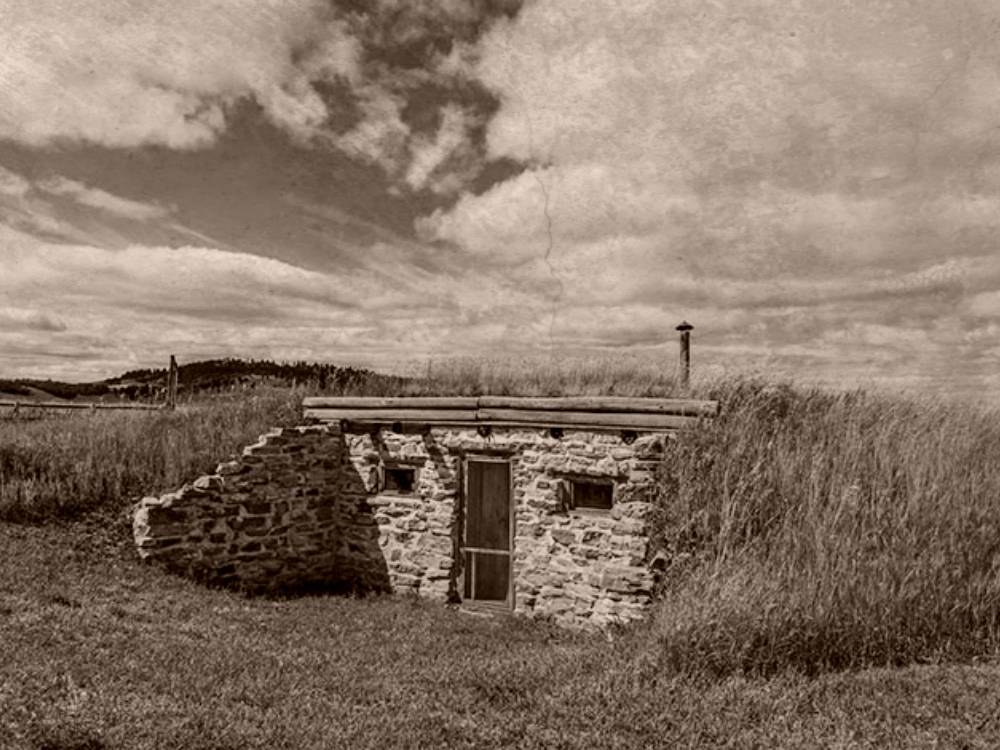
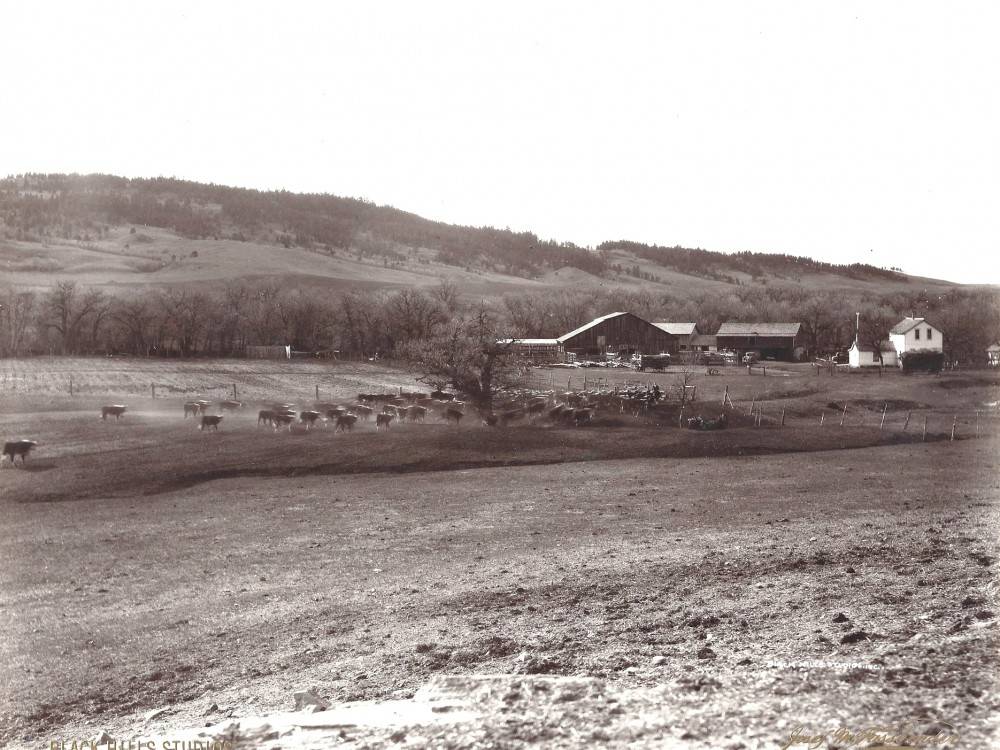
Henry continued to expand and eventually 20 original homesteads made up the Frawley Ranch. By 1900, the ranch exceeded 5,000 acres, and by 1913, it was necessary to divide the spread into four sections, known as upper, middle, lower, and east. Henry purchased the Lower Ranch, which was previously owned by the Carroll and then the Hammond family. A few buildings were already located on the homestead which acted as the bunkhouses for the workers. Henry put his two sons, Henry II and Bill, in charge of adding to the Lower Ranch by building a granary with an elevator, a bar, and a cattle shed. Along with the original homestead cabin built by Frank Carroll, these buildings still stand today and act as the Frawley Ranch's head development office.
Billy Grant must have done well for himself, as he had a large cabin, barn, and outbuildings. The cabin built in 1884, has the original square-cut logs, which are preserved because Grant covered them from the outside with horizontal siding. The outbuildings, included his woodshed, where firewood was kept to run the stove, his barn, and his summer kitchen. Billy went to Spearfish one day with a team of horses and a wagon, and during the evening, the wagon and horses returned home without him. His frantic wife and family learned that he was struck by lightning on the way home, killing him. His death put an end to his enterprise and his family sold their property to Henry Frawley. Billy Grant's original homestead lays right where Interstate 90 meets Highway 85, all but one of the buildings were moved when the interstate was built in 1970, cutting through the ranch. Hank Frawley thought the historic homestead was worth preserving so he went to the state highway department and convinced them to move the homestead to the beautiful Polo Canyon, where it sits today.
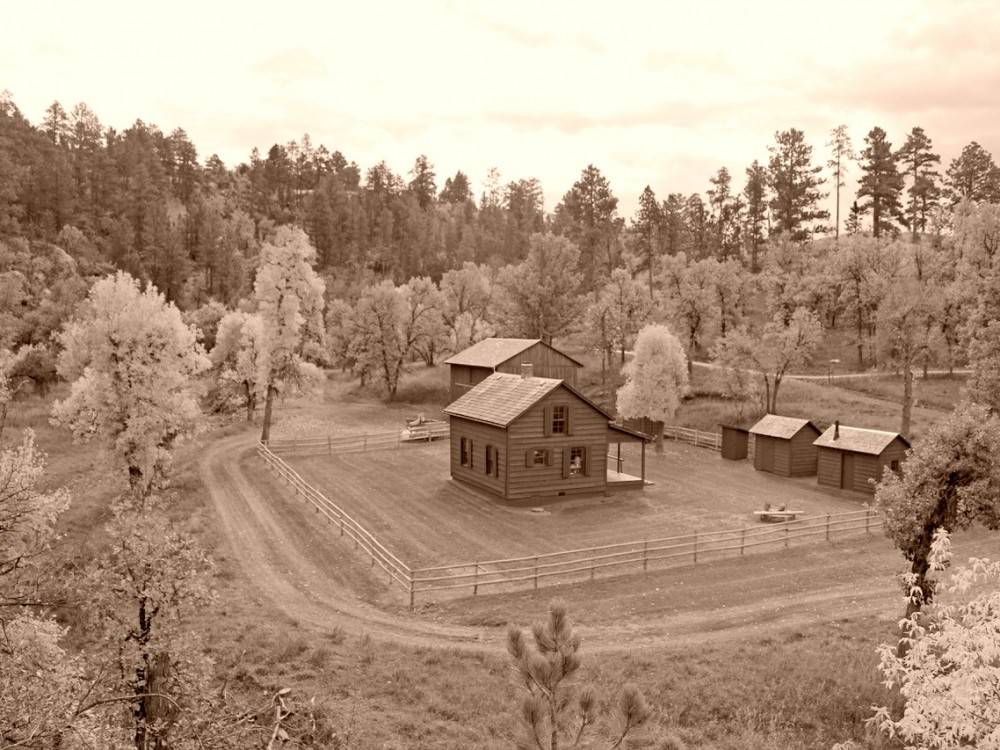

The Centennial Valley Schoolhouse was built in 1880 and provided education to the children of the homesteads and ranches in the area. Homesteaders tried to ensure that there was a schoolhouse every three miles so no one had to travel too far. Though the school closed in 1936, its original desks, blackboard, and stove remain in the original building. After its use as a school, the Centennial Valley Schoolhouse was used as a polling place for voting and for scripture services. For the last several decades, the second-grade classes in Spearfish visit the schoolhouse dressed in period costumes. They spend several days in the fall learning about the pioneers and local history of their area.